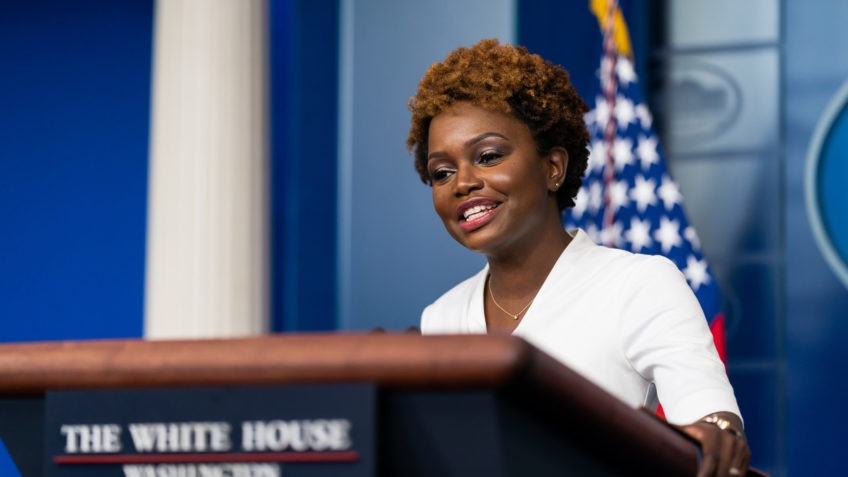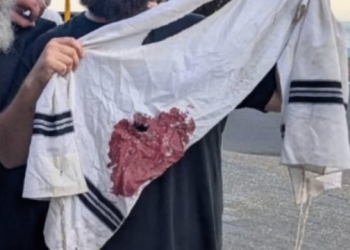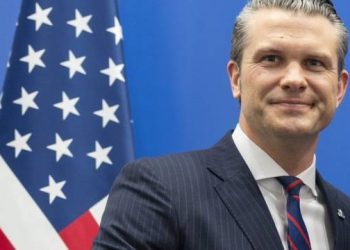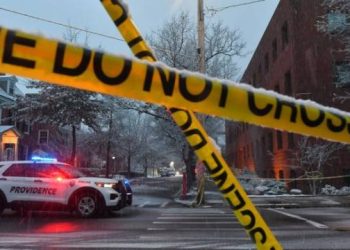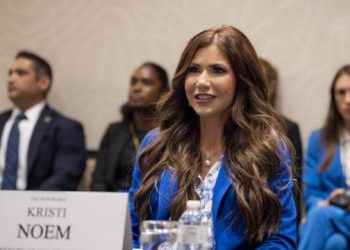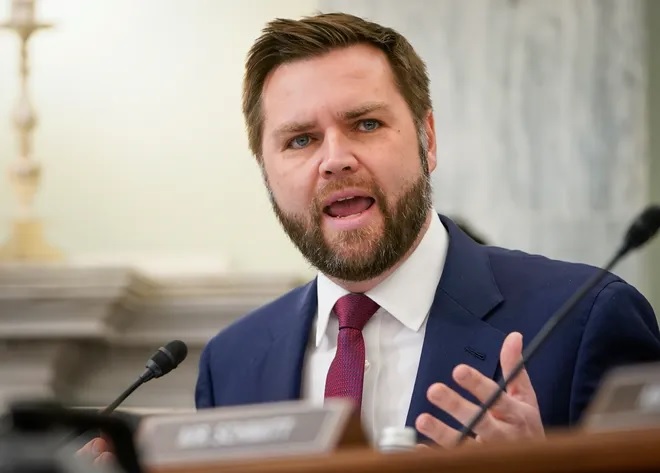Political violence has long been part of American life, but recent events, including a second attempted assassination of former President Donald Trump, have sparked a debate about the impact of rhetoric on such violence.
Since Trump announced his candidacy in 2015, the left’s persistent use of inflammatory language—labeling him as a Russian agent, “literally Hitler,” and an existential threat to America and democracy—has done more than just dehumanize him. It has created a volatile environment where political violence against him and his supporters is seen as justified, particularly by those who view themselves as “defenders of democracy” or “anti-fascists.”
However, the left doesn’t acknowledge this perspective. Even after a second assassination attempt, Democrats and the media still place the blame on Trump himself, rather than on their own rhetoric. Hours after the reported attempt, “Nightly News” anchor Lester Holt stated: “Today’s apparent assassination attempt comes amid increasingly fierce rhetoric on the campaign trail itself. Mr. Trump, his running mate, J.D. Vance, continue to make baseless claims about Haitian immigrants in [Springfield,] Ohio. This weekend, there were new bomb threats in that town.”
White House Press Secretary Karine Jean-Pierre echoed this sentiment, once again labeling Trump a “threat.” In response, Fox News Senior White House Correspondent Peter Doocy asked Jean-Pierre, “How many more assassination attempts on Donald Trump until the president and vice president and you pick a different word to describe Trump, other than ‘threat?’”
Jean-Pierre then tried to shift the focus, saying, “The question that you’re asking … is also incredibly dangerous in the way that you’re asking it,” adding, “because American people are watching … Because it — your question involved a comment and a statement — and, you know, it is — that is also incredibly dangerous when we have been very clear in — in condemning political violence from here.”
In other words, from the left’s perspective, repeatedly misrepresenting Trump as an existential threat is not dangerous, regardless of how many attempts are made on his life. The true danger, in their view, only emerges when someone questions whether their rhetoric should be toned down.
This double standard does not apply when concerns are raised by the right. For example, when Springfield residents voiced legitimate concerns about the impact of 20,000 Haitian immigrants in their town, Lester Holt suggested that such rhetoric could incite violence, even though no one targeted the immigrants directly. Ohio Governor Mike DeWine confirmed that all 33 bomb threats received at that time were hoaxes, many originating overseas.
Springfield residents have shared their concerns in op-eds and city commission meetings, including alleged incidents involving wildlife. Trump and Vance have rightly brought attention to these issues. While there is debate over claims that pets are being consumed by immigrants, the broader impact of mass immigration on small towns like Springfield is undeniable. Yet, because the left has seized on the ambiguity surrounding these claims, the entire discussion on the effects of mass immigration is dismissed as “hateful rhetoric” or “misinformation.”
This strategy enables the left to censor opposing viewpoints and assert its narratives as the only acceptable discourse. Hillary Clinton recently expressed support for jailing Americans who spread “misinformation” for “election interference,” yet she has no qualms about falsely linking Trump to Project 2025, with which he had no involvement, and perpetuating the claim that Trump wants to be a dictator—an assertion taken out of context.
These statements from Clinton are clearly misinformation intended to influence elections, but the right lacks control over the media infrastructure, allowing Clinton to speak without fact-checking—just as Kamala Harris did during her debate with Trump, where her falsehoods went unchallenged.
The left has established a powerful grip on both political violence as an acceptable form of protest and the definition of what constitutes “inflammatory” or “hateful” rhetoric, using these tools to undermine their opponents on the right. They have weaponized language and its meaning.
The media, acting as an extension of the ruling regime, play a critical role in amplifying leftist narratives, justifying their actions while portraying any dissent from the right as the real “danger.” This imbalance, where the left wields both inflammatory rhetoric and actual violence against political opponents while controlling the narrative, poses a serious threat to the future of our country.
Without a concerted effort to moderate incendiary rhetoric and restore balanced news coverage—neither of which the left seems interested in pursuing—the risk of a catastrophic incident of political violence will continue to grow.
 Telegram is where we really talk. Don't miss out!
Telegram is where we really talk. Don't miss out!

